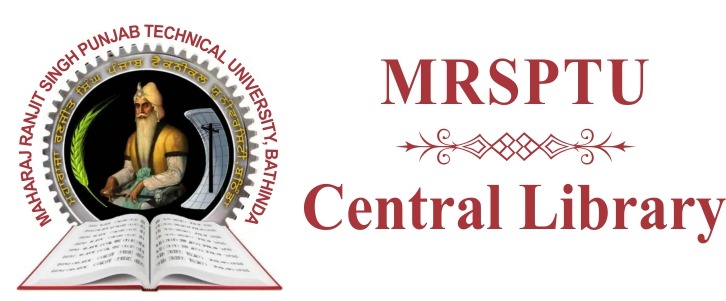Please use this identifier to cite or link to this item:
http://localhost:8080/xmlui/handle/123456789/737Full metadata record
| DC Field | Value | Language |
|---|---|---|
| dc.contributor.author | Dhull, S B | - |
| dc.contributor.author | Kaur, M | - |
| dc.contributor.author | Sandhu, K S et al. | - |
| dc.date.accessioned | 2023-07-24T09:11:04Z | - |
| dc.date.available | 2023-07-24T09:11:04Z | - |
| dc.date.issued | 2020 | - |
| dc.identifier.issn | 0975-8402 | - |
| dc.identifier.uri | 10.1007/s13197-020-04380-y | - |
| dc.identifier.uri | http://localhost:8080/xmlui/handle/123456789/737 | - |
| dc.description.abstract | Indian fenugreek cultivars were characterized for their antioxidant properties and bioactive compounds were quantified using high performance liquid chromatography (HPLC). The extraction efficiencies were compared for two extraction solvents [aqueous ethanol (50%) and methanol]. The bioactive properties studied were total phenolic content (TPC), total flavonoids content (TFC), condensed tannin content (CTC), 2,2'-Azino-bis (3-ethylbenzothiazoline-6-sulfonate) (ABTS+), 1, 1-diphenyl-2-picrylhydrazyl (DPPH) radical scavenging activity, total antioxidant capacity (TAC), and reducing power activity (RPA). Aqueous ethanol extracts showed higher TPC, TFC, ABTS+, TAC and RPA as compared to methanol. However, methanolic extracts showed higher CTC and DPPH activity. Higher TPC [45.3 and 45.4 mg gallic acid equivalents (GAE)/g dry weight basis (dwb)], DPPH (93.0 and 93.2%), ABTS+ (98.3 and 98.5%), RPA [40.9 and 44.9 mg quercetin equivalents (QE)/g dwb], were observed for cv.RMT-143 and cv.RMT-365, respectively. TFC (20.5 mg catechin equivalents (CE)/g dwb) and CTC (9.3 mg CE/g dwb) were found the highest for cv. Kasoori methi. Quantification of phenolic compounds using HPLC revealed higher amount of gallic acid (in Kasoori methi), ascorbic and p-coumaric acid (HM-57), benzoic and cinnamic acid (RMT-143) and catechol (only in RMT-365). Significant (p < 0.05) protection against in vitro plasmid deoxyribonucleic acid (DNA) (pBR322) oxidative damage was observed for fenugreek extracts. | en_US |
| dc.language.iso | en | en_US |
| dc.publisher | Journal of Food Science and Technology, 57(9) | en_US |
| dc.relation.ispartofseries | ;3457-3466. | - |
| dc.subject | Condensed tannin content | en_US |
| dc.subject | Fenugreek; | en_US |
| dc.subject | In vitro DNA damage protection; | en_US |
| dc.subject | Total flavonoids content; Total phenolic content. | en_US |
| dc.title | Antioxidant characterization and in vitro DNA damage protection potential of some Indian fenugreek (Trigonellafoenum-graecum) cultivars: Effect of solvents. | en_US |
| dc.type | Article | en_US |
| Appears in Collections: | Research Papers | |
Files in This Item:
| File | Description | Size | Format | |
|---|---|---|---|---|
| Kindly contact to the Central Library.docx | 11.36 kB | Microsoft Word XML | View/Open |
Items in DSpace are protected by copyright, with all rights reserved, unless otherwise indicated.

